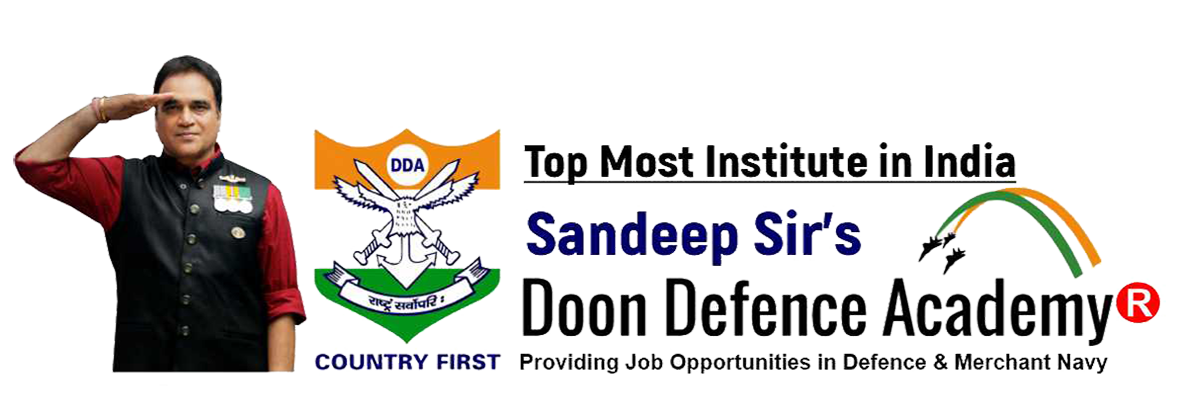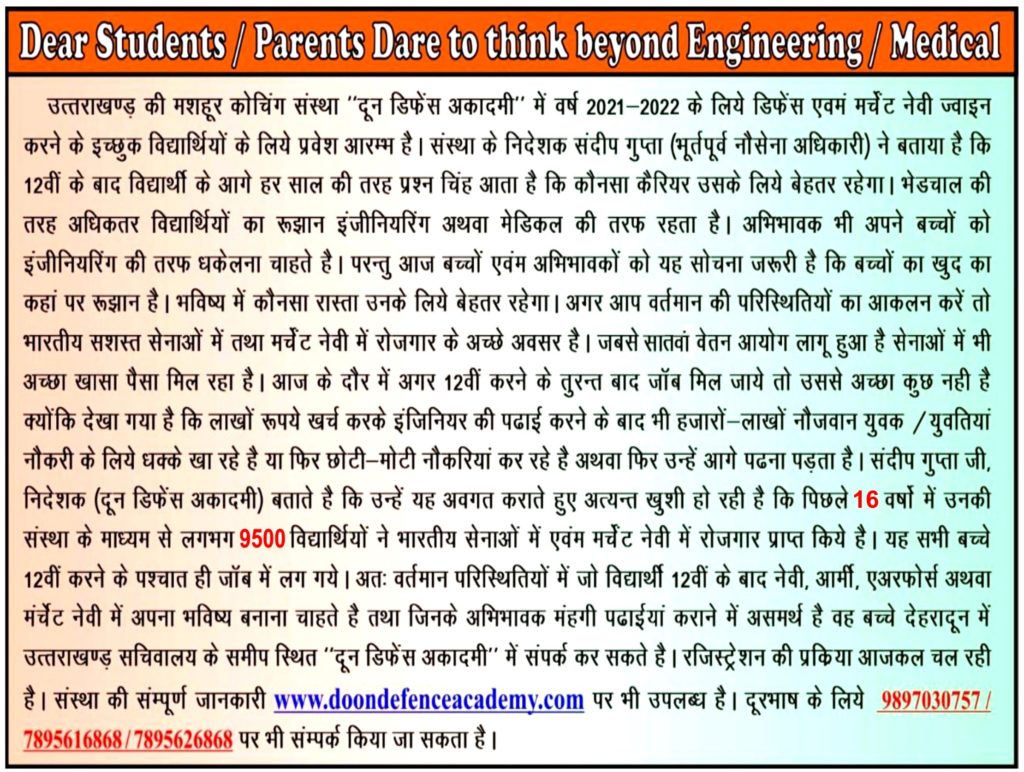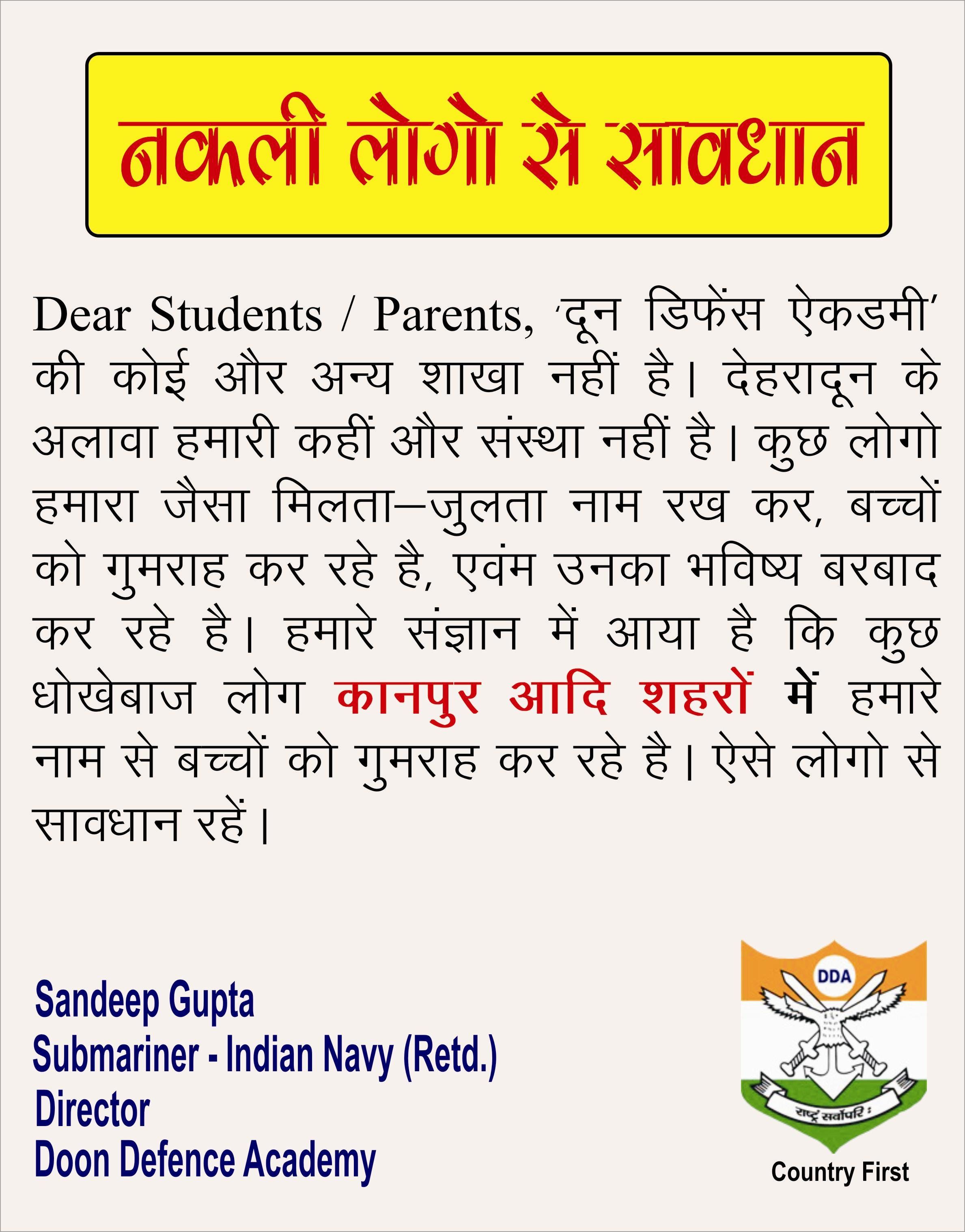| Mathematics |
| Topic |
Topic-wise Syllabus |
| Algebra |
Sets, Venn diagrams, De Morgan laws, Cartesian product, relation, equivalence relation. Real numbers, Complex numbers, Modulus, Cube roots, Conversion of a number in Binary system to Decimals, and vice-versa. Arithmetic, Geometric and Harmonic progressions. Quadratic equations, Linear inequations, Permutation and Combination, Binomial theorem, and Logarithms. |
| Calculus |
Concept of a real-valued function, domain, range, and graph of a function. Composite functions, one-to-one, onto, and inverse functions. The notion of limit, Standard limits, Continuity of functions, algebraic operations on continuous functions. Derivative of function at a point, geometrical and physical interpretation of a derivative-application. Derivatives of sum, product, and quotient of functions, a derivative of a function concerning another function, the derivative of a composite function. Second-order derivatives. Increasing and decreasing functions. Application of derivatives in problems of maxima and minima |
| Matrices and Determinants |
Types of matrices, operations on matrices. Determinant of a matrix, basic properties of determinants. Adjoint and inverse of a square matrix, Applications-Solution of a system of linear equations in two or three unknowns by Cramer’s rule and by Matrix Method. |
| Integral Calculus and Differential Equations |
Integration as inverse of differentiation, integration by substitution and by parts, standard integrals involving algebraic expressions, trigonometric, exponential, and hyperbolic functions. Evaluation of definite integrals—determination of areas of plane regions bounded by curves—applications.Definition of order and degree of a differential equation, formation of a differential equation by examples. General and particular solution of differential equations, solution of the first order, and first-degree differential equations of various types—examples. Application in problems of growth and decay. |
| Trigonometry |
Angles and their measures in degrees and radians. Trigonometric ratios. Trigonometric identities Sum and difference formulae. Multiple and Sub-multiple angles. Inverse trigonometric functions. Applications-Height and distance, properties of triangles. |
| Vector Algebra |
Vectors in two and three dimensions, magnitude, and direction of a vector. Unit and null vectors, the addition of vectors, scalar multiplication of a vector, scalar product, or dot product of two vectors. Vector product or cross product of two vectors. Applications—work done by a force and moment of a force and in geometrical problems. |
| Analytical Geometry Of Two and Three Dimension |
Rectangular Cartesian Coordinate system. Distance formula. Equation of a line in various forms. The angle between two lines. Distance of a point from a line. Equation of a circle in standard and a general form. Standard forms of parabola, ellipse, and hyperbola. Eccentricity and axis of a conic. Point in a three-dimensional space, the distance between two points. Direction Cosines and direction ratios. Equation two points. Direction Cosines and direction ratios. Equation of a plane and a line in various forms. The angle between two lines and the angle between two planes. Equation of a sphere. |
| Statistics and Probability |
Probability: Random experiment, outcomes, and associated sample space, events, mutually exclusive and exhaustive events, impossible and certain events. Union and Intersection of events. Complementary, elementary, and composite events. Definition of probability—classical and statistical—examples. Elementary theorems on probability—simple problems. Conditional probability, Bayes’ theorem—simple problems. Random variable as function on a sample space. Binomial distribution, examples of random experiments giving rise to Binomial distribution. |




